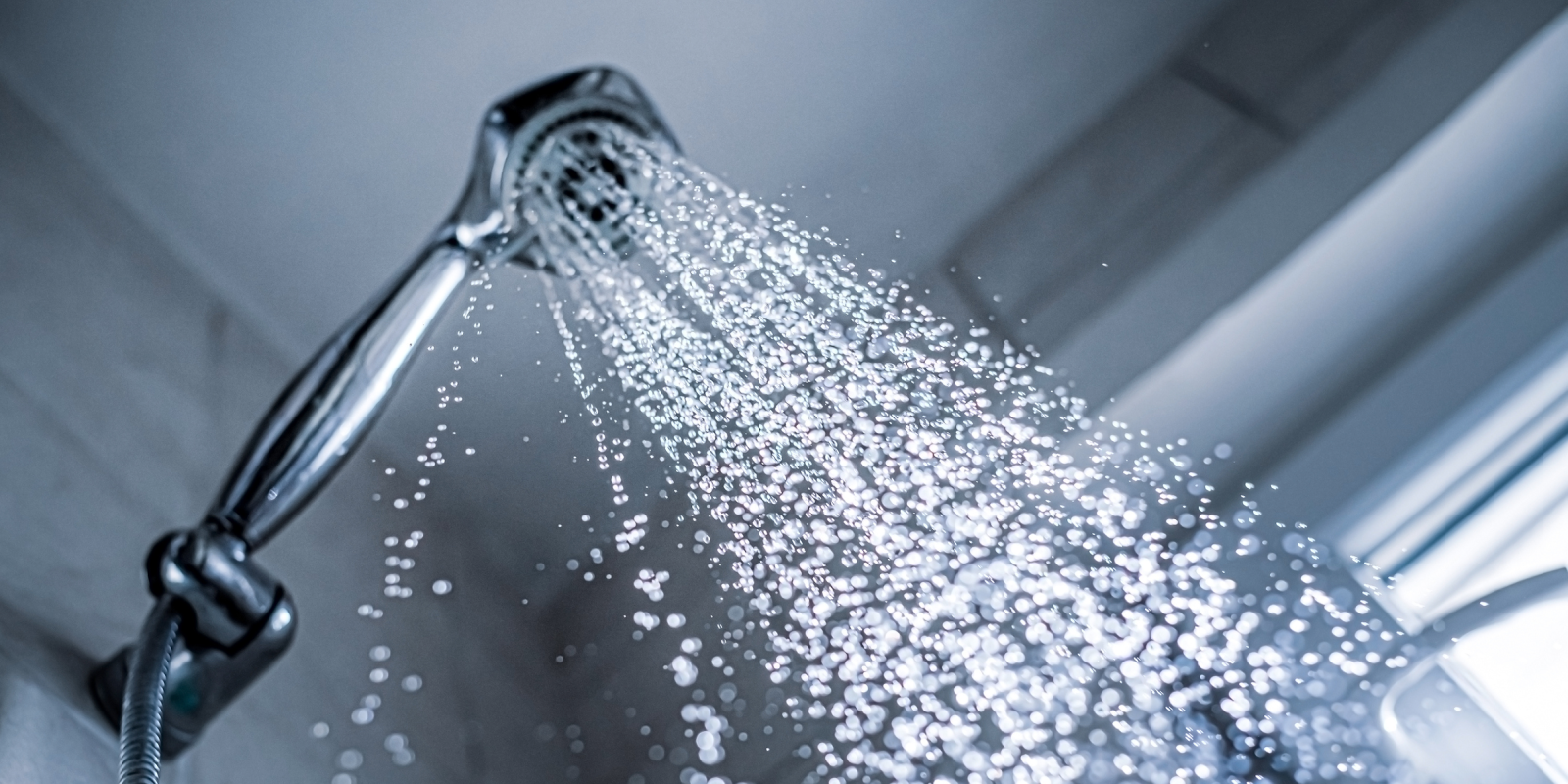Pro Tips on How to Waterproof a Shower

The bathrooms in your house are the rooms most likely to have mold or mildew growth. Lack of windows and ventilation, warm and humid temperatures from baths and showers, and moisture from the plumbing can all create an environment perfect for mold and mildew to develop. Although shower tiles and composite are designed to resist water, if they aren't completely waterproofed you risk mold growth between the tiles and the flooring beneath.
Whether you're renovating your bathroom or building a new home, finding the solution to properly waterproof your walls and bath areas is essential. If you're doing part of the building yourself, you can use Liquid Rubber products to complete the shower waterproofing. Reinforcing your bathroom with a waterproof membrane protects your home from leaks and ensures that you and your family can breathe mold-free air.
Today, we're showing you how to waterproof a shower using the right products and techniques. It's a fairly straightforward task for many DIY enthusiasts.
Why Is a Shower Membrane So Important?
The shower membrane is a waterproof layer between the shower tile and the plywood and subfloor underneath. It's a barrier that prevents mold and mildew growth and protects the structure of your house. Shower waterproofing is more common now than in the past because newer homes are built tighter than older homes, which were constructed with small, drafty gaps that reduced moisture build-up between the interior and exterior.
Today, membranes are necessary to protect the shower from absorbing water and becoming damaged. Shower tile and grout aren't completely waterproof, and without a waterproof membrane, they'll become damaged and moldy. The membrane is simply a thin layer of rubber, silicone or other material protecting the porous surfaces beneath.
A waterproof shower membrane will protect your shower for years and:
- Reduce mold and mildew growth
- Extend the life of your shower
- Reduce grout needed
- Prevent shower leaks
Waterproof your shower before installing the tile, allowing it to dry and cure. Drying takes about 4 to 6 hours, although it can take a few days to cure. Once you finish the shower membrane, it's time to install your tile.
Preparing for Shower Waterproofing
Careful preparation will ensure that the Liquid Rubber products adequately adhere to other materials, and you'll have the best finish. Follow these steps before applying your shower membrane:
- Thoroughly clean the entire area, sanding if need be. Remove all the dirt and dust from the walls, and make sure that the surface is completely dry before proceeding.
- Bridge all seams, cracks, joints, corners, and other transitions in the shower with Liquid Rubber Geo-Textile. Apply a generous coat and embed the fabric while the coating is still wet. Smooth out all wrinkles. Allow the sealant to dry for about an hour, longer if you're in a humid climate. Once the seal completely dries, apply an additional coat to fully encapsulate the fabric. Allow the additional coat to dry 4-6 hours or until dry to the touch and uniform in color.
- Now, it's time to apply your Liquid Rubber waterproof shower membrane over the entire surface.
Waterproof Membranes and How To Apply Them
There are two types of shower membranes: sheet membranes and liquid membranes. Both types of membranes need to be able to accommodate quickly fluctuating temperatures and humidity levels while still protecting the grout, tile, and shower materials. Sheet membranes come in seamless pieces that are trimmed to fit a space. While they conveniently do not require drying time, they can be difficult to trim and fit to all the tight corners and edges of your shower.
Liquid membranes are much easier to apply, providing maximum coverage even in tight spaces. They also tend to have a longer life than sheet membranes and may provide a tighter seal. Using products such as Liquid Rubber Foundation Sealant reduces the need to apply a primer or wrestle with a pre-fitted sheet. Simply apply the ready-to-use waterproof sealant just like you'd apply paint for long-lasting results.
Liquid Rubber products are designed for even a novice DIY enthusiast to apply easily. They're durable, long-lasting and easy to reapply as needed.
Apply the Liquid Rubber Foundation Sealant using the following procedure:
- Tape off all areas you don't want to apply a sealant to. Make sure to remove the tape while the sealant is still wet.
- Apply a smooth, even coat of sealant using a 3/8" (10mm) microfiber roller.
- Wait about 4-6 hours for the coat to dry, then apply 3-4 more coats, allowing the same amount of dry time between each coat.
- You can tell when the surface is ready for the next coat when there's nothing wet underneath and the surface is uniform in color. If the surface is a little tacky, that's fine too.
- Once the final coat is applied, allow the membrane to cure for 48-72 hours.
- Once the membrane is cured, you can install your tile directly to the membrane using a polymer modified thin set tile grout.
Let's Get Started
Liquid Rubber has a series of easy-to-use products to help you seal any surface you need, whether it's in the home, for your outdoor water feature, or your recreational vehicle. Liquid Rubber Foundation Sealant is perfect for sealing your shower area, protecting the tile and grout from water damage, and preventing the formation of mold and mildew.
Liquid Rubber makes it easy to prevent many problems in your shower, whether you're building a new home or remodeling your current one. And, for all your other home improvement needs, check out our online catalog, sorted by project and product.
